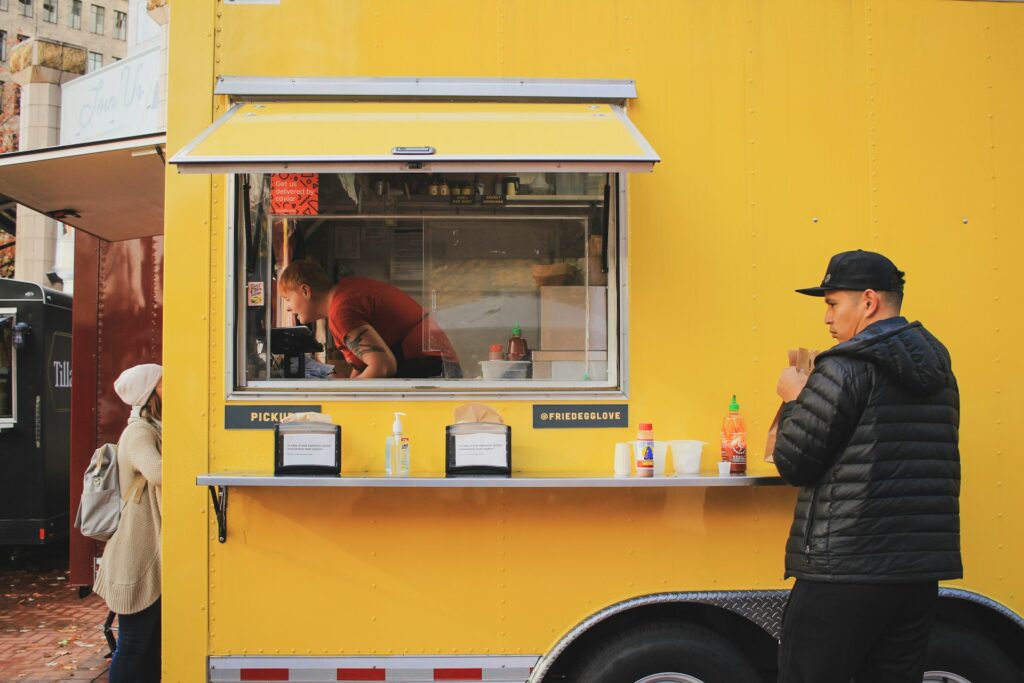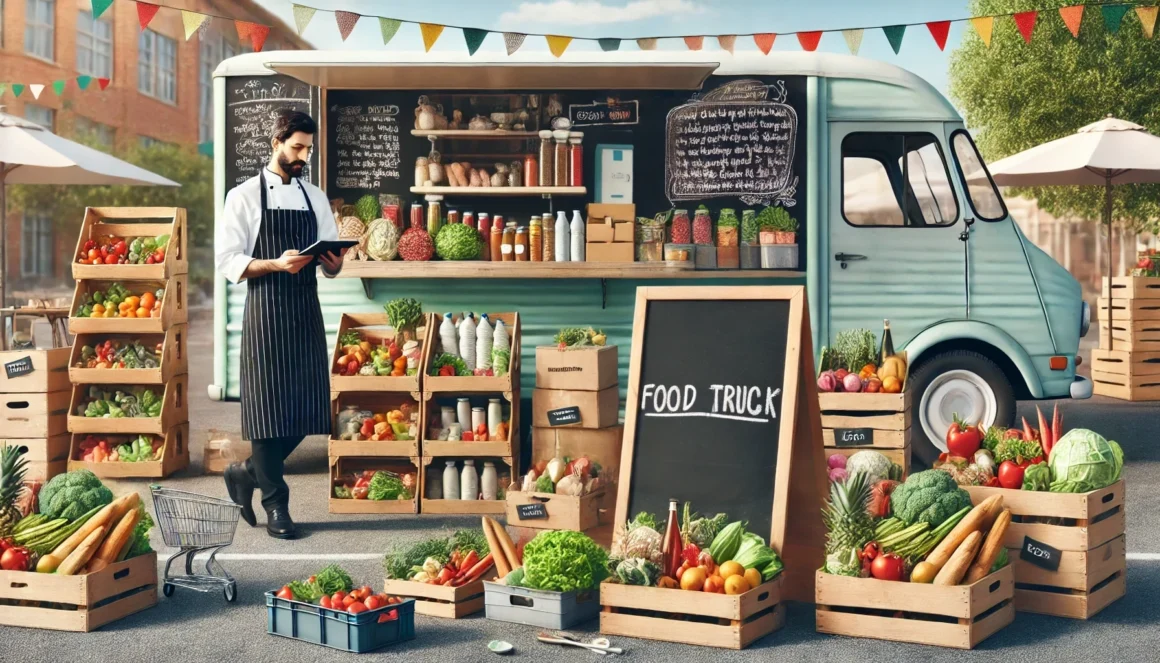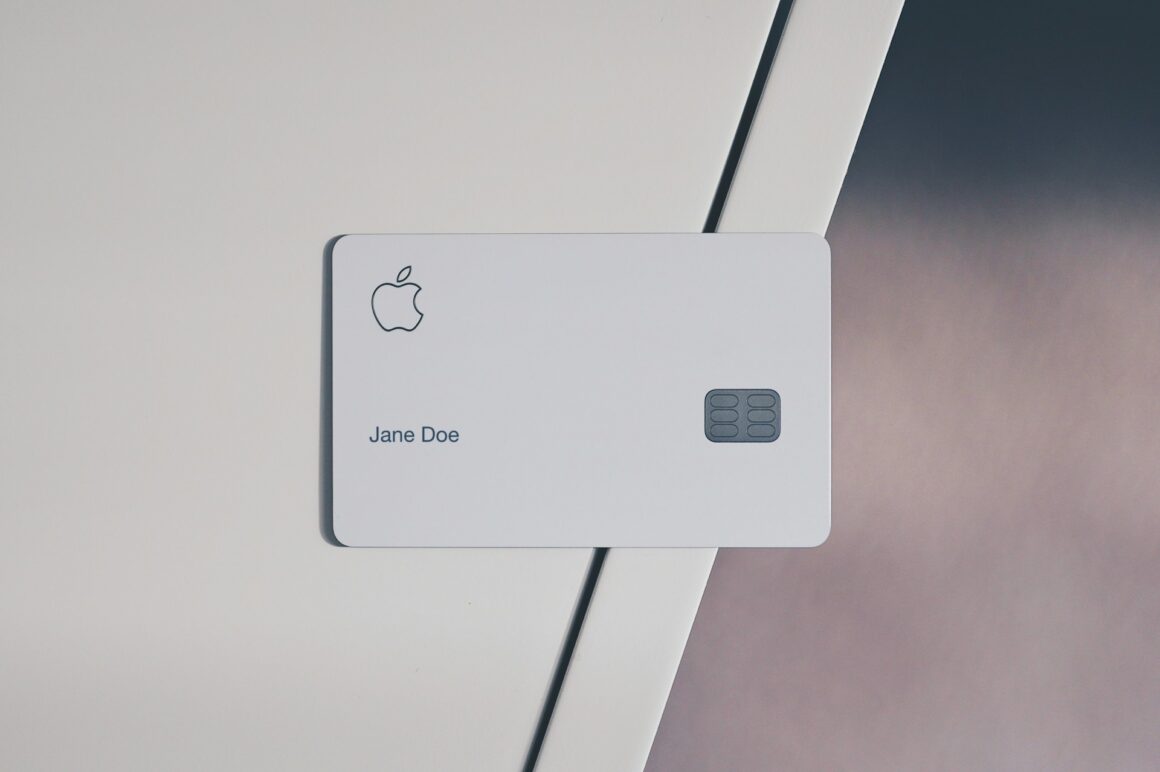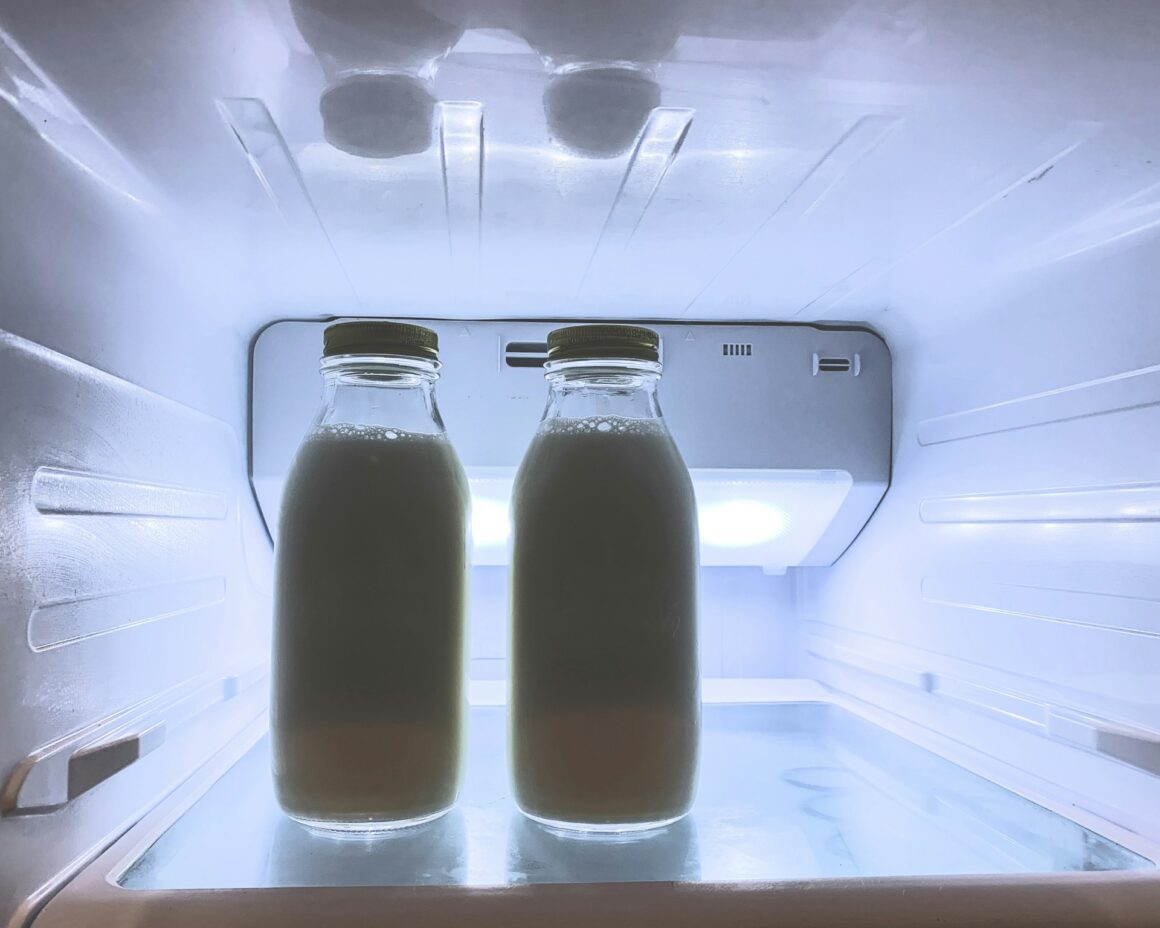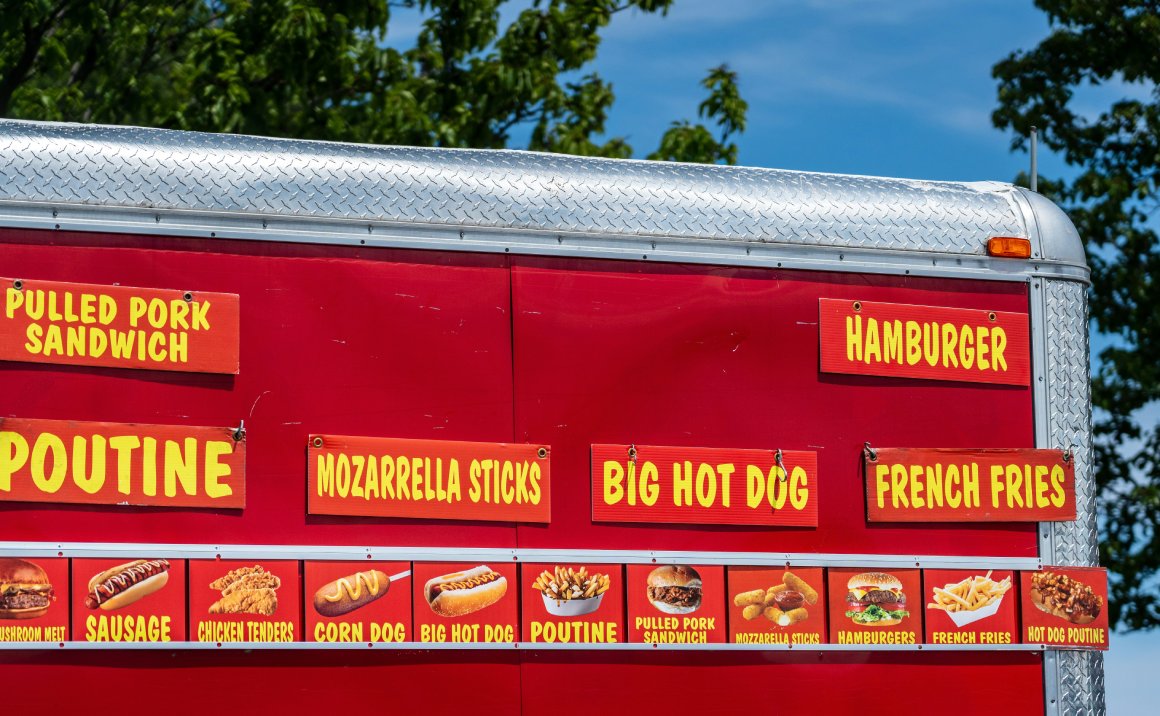
The Ultimate Beginner’s Guide to Starting a Food Truck
Starting a food truck is an exciting venture. You get to serve up delicious meals, be your own boss, and hit the streets with your culinary creations. But, as with any business, running a successful food truck requires careful planning, the right mindset, and a clear understanding of how to operate in this unique industry. In this post, we’ll walk you through the basics of starting a food truck—from concept creation to legal requirements—so you can embark on your journey with confidence.
1. Why Start a Food Truck?
Food trucks are booming, and for good reason. They offer lower startup costs compared to traditional brick-and-mortar restaurants, flexibility in location, and the chance to connect directly with your customers. The food truck industry is particularly appealing for culinary entrepreneurs who want to test out their ideas before committing to a permanent location.
But while the lower initial investment is a significant draw, running a food truck is far from simple. You need to master everything from cooking and inventory management to marketing and event planning. It’s crucial to understand that owning a food truck is a full-time business with long hours, a fast pace, and ongoing challenges.
Example: Take Maria, who always dreamed of opening a bakery. Instead of investing in a storefront, she started a dessert truck that serves gourmet cupcakes and cookies at local events. The food truck gave her the flexibility to build a brand without a hefty financial commitment and allowed her to grow a loyal customer base over time.
2. Choosing the Right Concept for Your Food Truck
The first step in starting a food truck is choosing a concept. Your concept will determine everything—from your menu to your branding, target market, and even the events or locations where you’ll park your truck. The most successful food trucks have a clear identity and a concept that stands out.
Key Considerations:
- Target Market: Who are you trying to serve? Families? Office workers? Tourists? Your target market will influence your menu and the events or locations where you operate.
- Cuisine Type: What kind of food do you want to serve? Consider whether your cuisine works well in a mobile setting. Foods that are easy to prepare, serve quickly, and hold up well to being transported are typically ideal.
- Unique Selling Proposition (USP): What makes your truck different from others? It could be your ingredients, your cooking style, your brand’s story, or something unique about your menu.
Example: Jamie’s BBQ truck took off because he focused on authentic, slow-cooked brisket with a homemade sauce that no other truck in the area offered. His focus on quality ingredients and a unique, family recipe made his truck stand out in a competitive market.
3. Creating a Business Plan for Your Food Truck
Before you buy a truck or design a menu, you need a solid business plan. This plan will act as a roadmap for your business, covering essential topics like startup costs, projected income, and strategies for growth.
Key Elements of a Business Plan:
- Startup Costs: Determine how much money you’ll need to get started. This includes the cost of the truck, equipment, permits, initial inventory, and marketing.
- Operational Costs: Estimate your ongoing costs, including ingredients, staff, fuel, insurance, and event fees.
- Revenue Projections: Forecast how much you expect to earn each month, considering factors like peak seasons, events, and daily sales.
- Marketing Strategy: Outline how you’ll promote your truck and attract customers. Will you rely on social media, partnerships, or event appearances?
Example: After creating her business plan, Sarah realized she needed to raise $50,000 to cover the cost of purchasing and outfitting her truck, along with initial operating expenses. She approached a local lender for a small business loan and also launched a crowdfunding campaign, which helped her reach her funding goal.
4. Purchasing and Equipping Your Food Truck
Buying a food truck is one of the most significant investments you’ll make. You have two main options: buying a new, fully equipped truck or purchasing a used truck and retrofitting it to fit your needs. The truck must meet health department regulations and have the necessary equipment to cook and serve your menu items efficiently.
Key Considerations:
- Size and Layout: The truck should be large enough to accommodate cooking, prep, and storage areas. A good layout ensures your team can work efficiently during busy periods.
- Equipment: Depending on your menu, you’ll need specific equipment like grills, fryers, refrigerators, or freezers. Some trucks also require specialty equipment for certain types of cuisine, like pizza ovens or coffee machines.
- Inspection and Maintenance: Ensure the truck passes all necessary inspections, including health and safety checks. Regular maintenance is essential to avoid breakdowns during service.
Example: Tom purchased a used food truck and saved money by retrofitting it himself with basic kitchen equipment like a grill, fryer, and prep station. However, he made sure to consult a professional electrician to handle the truck’s wiring and ensure it met local regulations.
5. Navigating Legal Requirements
Operating a food truck comes with specific legal requirements that vary by city and state. You’ll need to secure permits, licenses, and insurance before you can start serving customers. Each locality has its own health department regulations, so be prepared to navigate local laws and stay compliant.
Key Permits and Licenses:
- Business License: You’ll need a business license to legally operate your food truck.
- Health Department Permit: Your truck will be subject to health inspections to ensure your food is prepared and stored safely.
- Fire Department Permit: Some cities require a fire department inspection to ensure your truck’s cooking equipment meets safety standards.
- Commissary Agreement: Many cities require food trucks to prepare and store food in a licensed commissary kitchen when not in operation.
Example: Rachel found out the hard way that her city required a separate parking permit for each location she wanted to operate in. She quickly adapted by reaching out to local event organizers and securing permits in advance for her most popular spots.
6. Marketing Your Food Truck
Once you’re ready to hit the road, you need a marketing plan to attract customers. Successful food trucks rely heavily on word-of-mouth and social media to build a following. Use Instagram, Facebook, and Twitter to post daily updates about your truck’s location, menu, and specials.
Key Marketing Strategies:
- Social Media: Engage with your audience by sharing photos of your food, announcing daily specials, and letting customers know where your truck will be each day.
- Local Partnerships: Partner with local businesses or event organizers to park your truck at high-traffic locations or popular events.
- Loyalty Programs: Consider offering a loyalty program where customers can earn rewards for frequent visits.
Example: Alex runs a taco truck and built a loyal following on Instagram by posting colorful photos of his tacos and engaging with his followers through giveaways and promotions. By announcing his location daily and sharing behind-the-scenes content, he kept his customers excited about finding his truck.
Conclusion: The Road Ahead
Starting a food truck can be an incredible journey full of rewards, but it requires careful planning, dedication, and flexibility. From selecting a unique concept to navigating permits and marketing your business, every step is crucial. By following these initial guidelines and taking the time to research and plan, you’ll be well on your way to a successful food truck business.
Stay tuned for the next post, where we’ll dive deeper into clarifying the vision for your food truck!
Finding Customers for Your Food Truck
Where to Park: How to Find the Best Locations and Attract Customers to Your Food…
How to Manage Food Waste – Effective Inventory Management
Inventory Management to Minimize Food Waste: A Chef’s Approach to Maximizing Efficiency Managing inventory is…
Stripe – A Powerful Payment Processor for Food Trucks with Online Capabilities
Is Stripe the Best Payment Processor for Your Food Truck? For food truck owners, flexibility…
